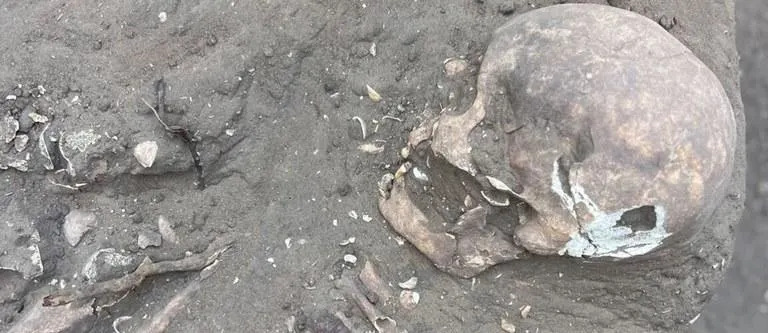Genevieve Holl-Allen
Tue, January 16, 2024

Leanne Mohamad spoke at one of the pro-Palestine marches in October saying 'every supporter of Israel has blood on their hands'
A pro-Palestinian activist has been selected to challenge Wes Streeting at the next election, as anger concerning Labour’s stance on the Israel-Gaza conflict grows.
Leanne Mohamad was chosen on Monday as an independent parliamentary candidate in Ilford North following a hustings event open to local residents.
Ms Mohamad’s candidacy will complicate the shadow health secretary’s chances of being elected, after Labour faced a fierce backlash against its response to the war in Gaza.
Redbridge Community Action Group, which organised Ms Mohamad’s selection, said on its website that it aims to “challenge Wes Streeting’s Ilford North seat and beat him at the next election”.
The local group says it will also “prepare an independent candidate who is strong on Palestine, NHS, racism, Islamophobia and the cost of living crisis”.
‘Genuine battle on his hands’
The shift in electoral dynamics as a result of Labour’s stance on the Israel-Gaza conflict is expected to be seen in other constituencies.
One Labour MP said they predict some of their fellow MPs could lose their seats because of pro-Palestine candidates drawing votes away from Labour.
The MP added that Mr Streeting will now “have a genuine battle on his hands” following Ms Mohamad’s selection.
Ms Mohamad is a British-Palestinian activist who last October addressed one of the Palestinian solidarity marches in central London.
She told the crowds: “Every supporter of Israel has blood on their hands, every Western politician who greenlighted these war crimes has the blood of over 3,000 Palestinian children on their hands.”
She also spoke at the first international conference of the Peace and Justice Project, founded by Jeremy Corbyn, which took place last November.
She has also shared photographs alongside the former Labour leader at Palestine demonstrations in 2021.
Leanne Mohamad spoke at the Peace and Justice Project, founded by Jeremy Corbyn, in November
Ilford North is located in the London Borough of Redbridge, which has a Muslim population of 31.3 per cent, according to the 2021 census.
A variety of polls held since Israel invaded Gaza following the Hamas attacks on Oct 7 have picked up a drop in support for Labour among the Muslim community.
One poll by Muslim Census claimed there had been a 66 per cent drop in the Muslim Labour vote to just 5 per cent at the end of last October.
Though polling group Savanta projected a much more robust 64 per cent, it found in November that almost half of Muslim Labour voters felt more negatively towards the party as a result of Sir Keir’s handling of the conflict in Gaza.
Mr Streeting won a sizeable majority of over 5,000 in Ilford North in 2019, but any fall in support would in theory make it more difficult for Mr Streeting to win re-election.
Labour suffered a surprise council by-election loss in nearby Plaistow North ward in east London towards the end of last year, when a ex-Labour councillor ran as an independent after quitting the party in protest at Sir Keir Starmer’s refusal to demand a ceasefire.







